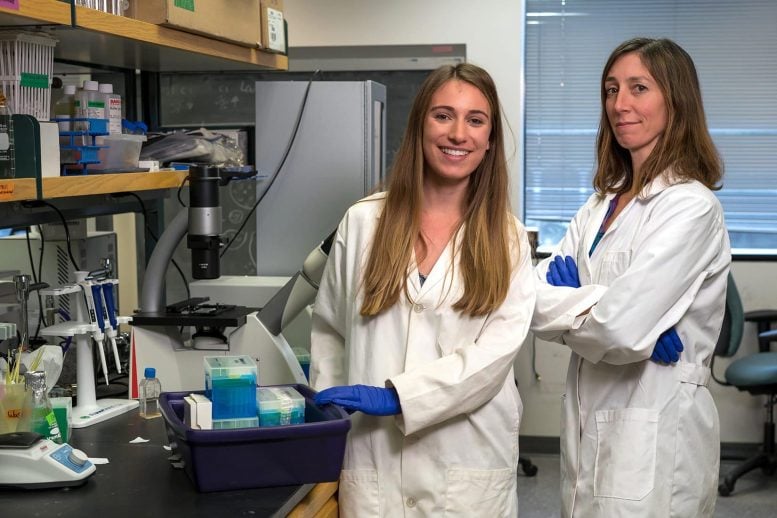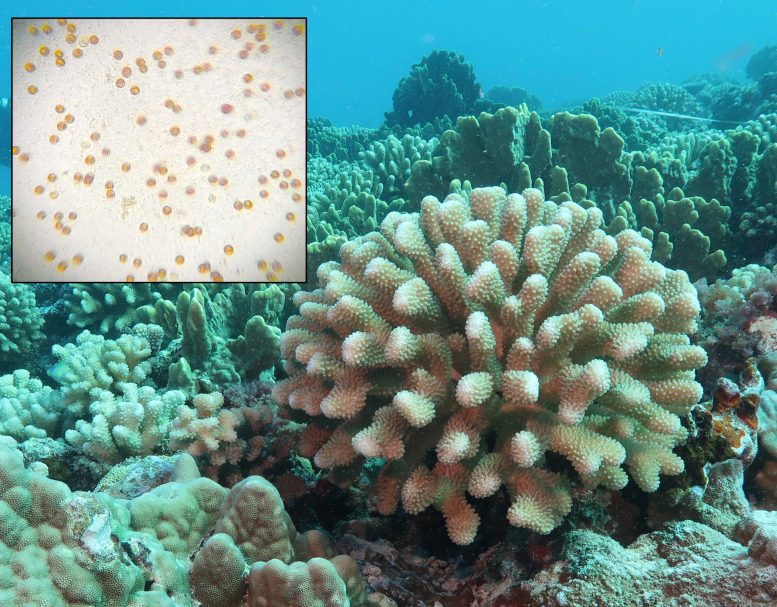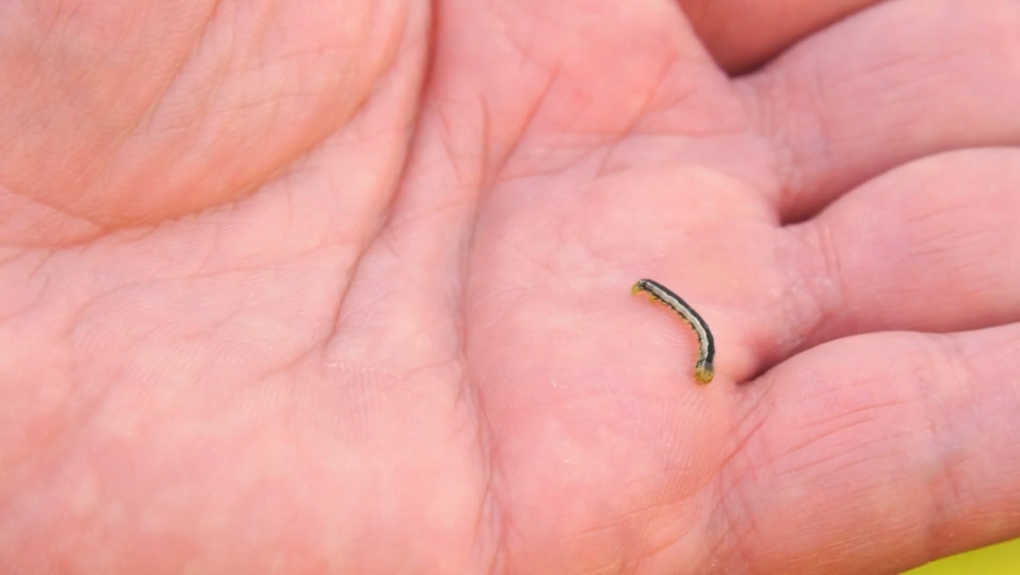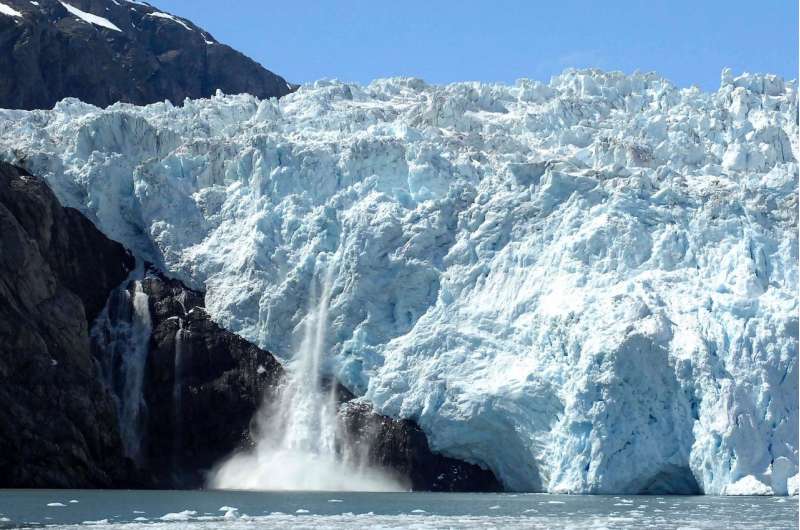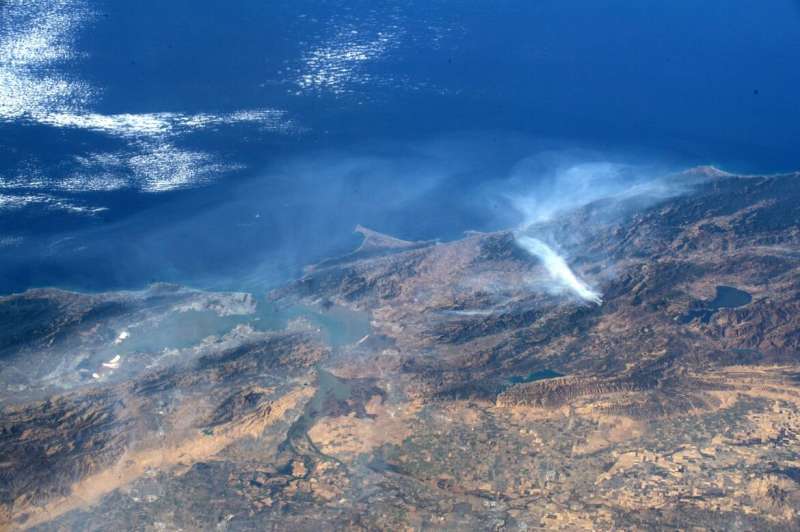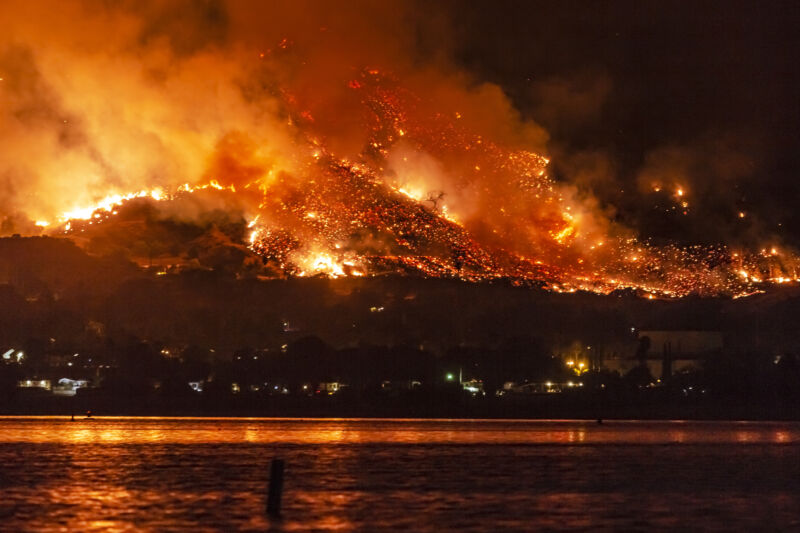SCIENCE AS TAX WRITE OFF
Mimer Superyacht Explorer Is Perfect for the Adventurous,
Eco-Friendly Millionaire
Explorer yachts are no longer the brutish, unpolished and unwelcoming vessels of yesteryear. As demand for luxurious vessels with longer ranges and ice-class hulls soars, a new hybrid vessel has emerged: the superyacht explorer.
6 Nov 2021,
On that note, the latest design from Laurent Giles, in collaboration with Tillberg Design of Sweden (TDoS) is here to prove that a superyacht explorer can still be very stylish. It’s superficial to think of a boat’s functionality in terms of aesthetics, but when you pay $75 million for one, it’d better look good throughout. Mimer does all that, while sacrificing none of the ruggedness or high performance of a true explorer. And it’s got green credentials, to boot.
Mimer was introduced last September and is now being listed for sale through IYC, with an asking price of €65 million – just a hair over $75 million at the current exchange rate. It’s a superyacht and an explorer all rolled into one beautiful, Scandinavian-styled package, with a customizable layout and plenty of gear to suit the needs of the most adventurous explorer out there.
Measuring 60 meters (197 feet) in length and spanning several decks, Mimer offers accommodation for 12 guests in six suites, and 15 crew. Its highest selling point is that it can be anything the owner needs it to be, focusing either on luxurious amenities and gorgeous living spaces, or functioning merely as a (still very lavish) transport ship for all the exploring gear.
To that end, Mimer comes with three possible configurations. You have the World Traveler package, which includes a generously-sized beach club and more space for the guests, including the possibility of a full-size gym and spa area aft, without encroaching on the space dedicated to the two cavernous tender garages. Then, there’s the Adventure Explorer package, which replaces the beach club with a large, open, multi-purpose storage area under the helipad deck. The third configuration is basically a Plus version of the Adventure Explorer, adding a fully enclosed helicopter garage.
In the gear-focused configurations, Mimer becomes a virtual toy carrier, as renders in the gallery above will show. In addition to the two tender garages, it will be able to haul a variety of cars and off-road vehicles, jet skits, submarines, and other types of water toys.
The generous, 1600GT interior is just as impressive as the exterior. Mimer oozes Scandinavian minimalism and pure Zen, with soft, neutral furnishes and floor-to-ceiling glazing that allows in natural light and opens up otherwise cramped spaces. The owner’s suite, located on the main desk, is exactly like what you’d find on a superyacht: it has its own private terrace, a jacuzzi, an office and wardrobe, and ensuite bathroom with full-size bathtub.
Mimer would be eco-friendly in whichever was possible, too. TDoS says that locally-sourced or recycled materials will be used for the interiors, to minimize waste and the carbon footprint during production. Because this would be an ice-class vessel meant to go to remote locations, its own carbon footprint would be reduced by means of a hybrid propulsion system, “potentially combing battery fuel cells.” Onboard support system, such as water treatment and waste handling, are “selected to meet the latest and highest requirements regarding low energy consumption and the best possible sustainability solutions available today,” the design studio notes.
“We challenged ourselves to design an explorer yacht that would meet the most demanding requirements in Antarctica as well as looking beautiful in the port of Miami or Monaco. Function combined with beauty,” TDoS Partner & Yacht Director Daniel Nerhagen says in a statement.
Specifics on propulsion have not been published, but TDoS imagines Mimer would have a range of 6,000 nautical miles.
Editor's note:
This article was not sponsored or supported by a third-party.

















